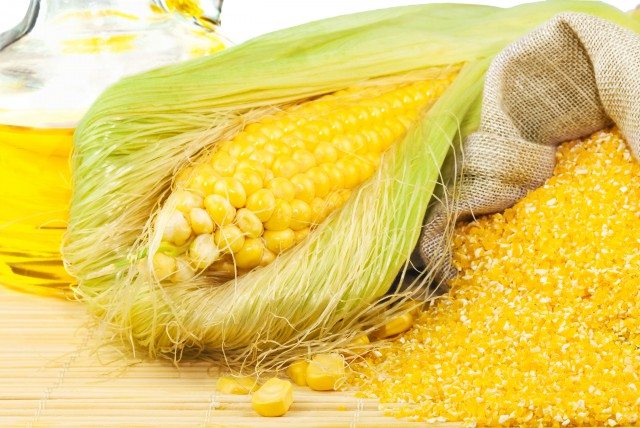Biotech, packaging and analytical innovations are accelerating the production of safer and healthier foods, finds Frost & Sullivan’s TechVision team.
The global food and beverage (F&B) industry is witnessing rapid uptake of technologies ranging from cloud platforms, gene editing, three dimensional (3D) printing, and enzyme engineering, to new packaging techniques that encompass the use of environmentally friendly and hybrid packing materials, smart packaging methods, and nano-technology innovations.
Along with Big Data analytics, the convergence of technologies will enhance food safety, boosting growth in food processing, testing, packaging and production.
3D printing innovations for foods will reportedly empower the professional and home kitchens of the future.
Demand for healthier, safer and personalized F&B products will boost the use of Big Data platforms for creating personalized nutrition.
It is also likely to drive the growth of active packaging systems that use oxygen scavenging techniques, which prevent food oxidation.
“While genetically modified (GM) foods have the potential to meet the growing demand for increased food supply across the world, there is much debate on the regulation and labeling of GM foods,” said TechVision research analyst Vandana Iyer.
“As unwanted mutations are also possible in naturally bred crops, regulatory laws for genetic modifications should be developed on the basis of the altered gene.”
“The DNA editing technique should be monitored on an individualized basis, rather than a standardized approach.”
Big-data platforms, cloud-based technologies and advanced genetic tools will help combat market challenges such as complex international regulations and high investment costs through innovations like:
– High-throughput gene sequencing (HTGS) tools for accurate molecular food testing,
– Cloud storage platforms for storage, retrieval and analyses of data, and
– Gene editing tools such as CRISPR/Cas9 and TALENs that minimize formation of the carcinogen ethyl carbamate during ethanol fermentation by yeast.
“Extracting, storing and interpreting next-generation sequencing and proteomic data from food samples will allow the identification of GM foods, microbial pathogens, and contaminants, including toxins and pesticides,” added Iyer.
“Similarly, cloud platforms can be developed for product validation, auditing, certification and compliance applications.”










